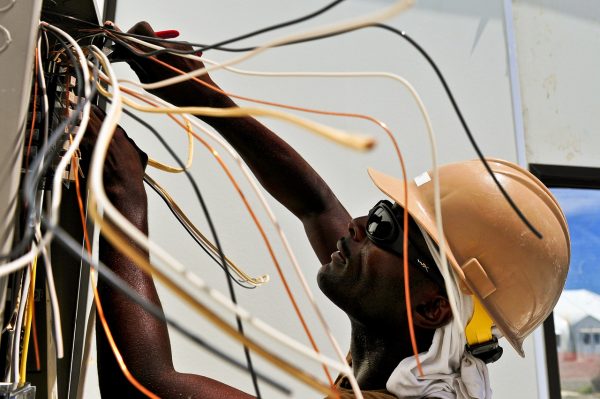Essential Tips for Minimizing Downtime in Critical Power Infrastructure
October 26, 2017
Fast and reliable access to your data is critical to your business’s success. The safety of your data depends on the design, implementation, and maintenance of your critical power system. There are many specifications that impact your critical power system, but the key design consideration is how the UPS interacts with your other equipment such as the generator.
Your UPS provides uninterrupted power to your data center by filtering out any power anomalies, but any failure jeopardizes the safety of your data. A solidly designed infrastructure goes beyond easily available information. General specifications such as efficiency, footprint, weight, communications, and cost are readily available, but tell you little about generator compatibility, step load responses, or harmonic content.
Comprehensive testing is essential. Insist on a factory demonstration of the cooling system, batteries, switchgear, and distribution system technology to see how it works in a controlled environment. Let your maintenance team take the system for a test drive to verify that it meets your specifications. Keep the data from these factory tests to use as benchmarks after installation. Give your team the time to practice installation details and instructions during the factory test.

After the power system is installed in your data center, repeat the factory testing to compare data from the controlled environment at the factory to the real-world environment in your data center. Check to verify that the UPS works with the generator and that the grounding system is properly installed. Verify the coordination of the breakers in your distribution system. Take full advantage of your team’s last opportunity to train before the system goes live.
The last and possibly most important step is to create and implement a maintenance plan and parts replacement schedule. Lack of maintenance leads to inefficiencies and preventable downtime. Keep documentation and records current so that you can quickly trace any problems.
Minimizing downtime requires looking beyond the popular UPS specifications to include a wide range of factors that influence reliability. Some of these factors can be challenging to nail down. EMR Associates can help you find the information you need and implement the best design for your data center. Give us a call at 615-828-8028.